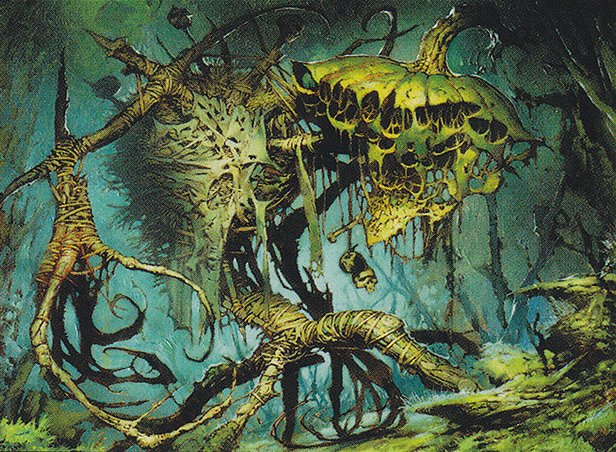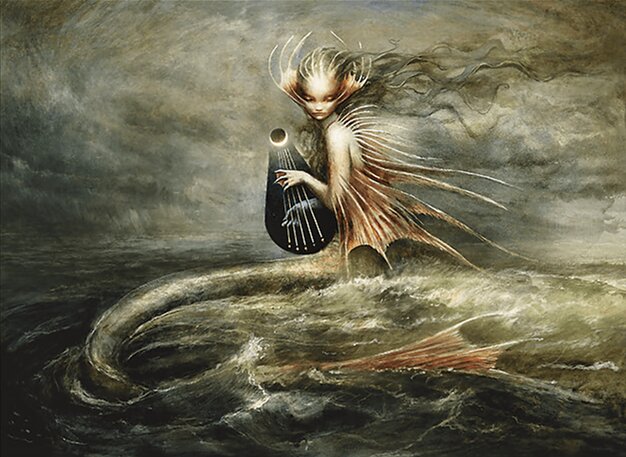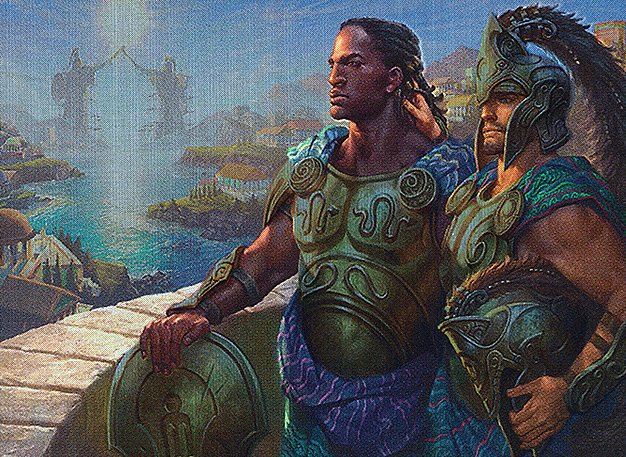Deck & Commander Strategies

Reaper King
Utilizes scarecrow tribal synergy, focusing on entering-the-battlefield destruction effects and changeling creatures to control the board and dismantle opponent permanents.

Svyelun of Sea and Sky
Merfolk tribal deck that protects its commander with indestructibility based on other merfolk presence, drawing cards on attack and leveraging ward to protect creatures.

Zur the Enchanter
Enchantress-style deck with a twist on enchantments that often ask opponents if they want to pay some mana, creating resource tax and disruption while building a wide enchantment board.

Kynaios and Tiro of Meletis
A symmetrical group hug deck that gives resources freely to all players, aiming to leverage the shared benefits to outlast opponents and capitalize on political dynamics.
Gameplay Insights
- 1
The Reaper King player capitalized on the scarecrow tribal mechanic of destroying permanents on creature entry to maintain board control and pressure opponents.
- 2
The group hug deck carefully balanced giving resources to opponents while ensuring the player still benefited symmetrically, creating an unusual political dynamic.
- 3
Zur's enchantment deck used cards that asked opponents to pay additional mana costs, subtly taxing their resources and creating decision points that could disrupt their tempo.
- 4
The merfolk deck’s commander ability to draw cards when attacking and ward other merfolk helped sustain card advantage and protect key creatures from removal.
- 5
Early ramp plays like turn one Soul Ring helped accelerate mana development, enabling faster deployment of threats and support cards.
Notable Cards
-

Reaper King
-

Zur the Enchanter
-

Kynaios and Tiro of Meletis
-

Svyelun of Sea and Sky
Gameplay Summary
The game started with a diverse set of decks, including a scarecrow tribal deck led by Reaper King, a merfolk tribal deck with Svyelun of Sea and Sky, a group hug deck featuring Kynaios and Tiro of Meletis, and an enchantment-focused deck led by Zur the Enchanter.
Early turns saw players establishing their boards with some ramp, including a turn one Soul Ring from the merfolk player, and attempts to balance creature presence to maximize the group hug effects.
The Reaper King deck aimed to leverage scarecrow creatures’ unique ability to destroy permanents upon entering the battlefield, creating constant pressure.
Meanwhile, the Zur deck focused on enchantment synergy, especially cards with additional costs asking opponents to pay one mana, disrupting opponents’ resources subtly.














![Commander VS S14E7: Sharuum vs Jhoira vs Melek vs Kynaios and Tiro [EDH] thumbnail](https://i.ytimg.com/vi/1vD3yLJEw7E/sddefault.jpg)








![Commander Vs S2E8: Savra vs Mayael vs Reaper King vs Trostani [MtG: Multiplayer] thumbnail](https://i.ytimg.com/vi/PmxKvs6zQYE/sddefault.jpg)




![Herumkommandiert #05 | Halloween Commander EDH Gameplay [Deutsch] thumbnail](https://i.ytimg.com/vi/TYi-yLuHxeU/sddefault.jpg)









![Commander VS S14E6: Depala vs Zur vs Tasigur vs Jeleva [EDH] thumbnail](https://i.ytimg.com/vi/5ukCL9oaRww/sddefault.jpg)

![Commander VS S7E8: Wrexial vs Rakdos vs Zur vs Feldon [MTG] thumbnail](https://i.ytimg.com/vi/uShPuN5yal8/sddefault.jpg)
![Commander Vs Holiday Special: Rakdos vs Ertai vs Selvala vs Zur [MTG: Multiplayer] thumbnail](https://i.ytimg.com/vi/jx5xp9p9Vwc/sddefault.jpg)


